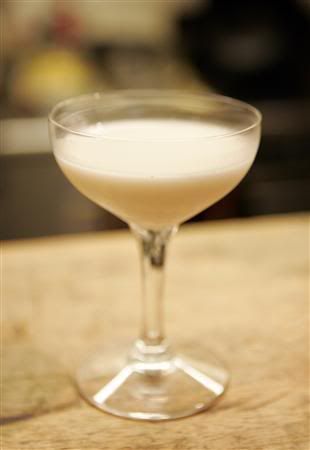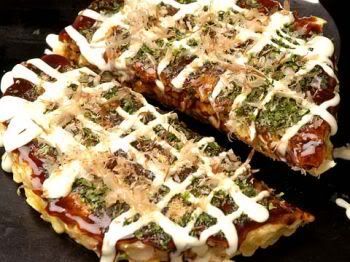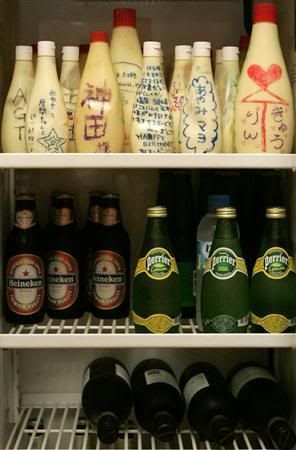 While older Japanese tend to frown upon the Western condiment, Japanese youth have adopted mayonnaise as a dietary staple and cultural icon, leading to the opening of bars and restaurants devoted to mayonnaise.
While older Japanese tend to frown upon the Western condiment, Japanese youth have adopted mayonnaise as a dietary staple and cultural icon, leading to the opening of bars and restaurants devoted to mayonnaise. Koji Nakamura’s Mayonnaise Kitchen restaurant in suburban Tokyo is a case in point. The Mayonnaise Kitchen serves a bizarre panoply of mayonnaise-drenched concoctions, from spaghetti to fondue.
The restaurant also pours (squirts?) mayonnaise-themed cocktails including the obligatory Mayotini and Mayogarita. Nakamura calls another cocktail the "Mayoty Dog." An homage to the Salty Dog, the Mayoty Dog is served in a glass with mayo instead of salt on the rim. The drinks are white and creamy.
Regulars at the Mayonnaise Kitchen purchase their own bottles of mayonnaise, in keeping with the custom of high-end bars that reserve special bottles of whiskey for top customers.
Young Japanese often add mayonnaise to sushi, tempura, noodles and other dishes. Akira Omori, 32, likes to snack on dried squid covered in mayonnaise.
Last year, the Japanese consumed 3.6 pounds of mayonnaise per person.
Japanese mayonnaise is creamier and tangier than Western-style mayonnaise. Japanese mayonnaise was first synthesized in 1925 and has since become a staple in most Japanese homes.
Japanese mayo lovers, known as "mayolers," suffered a shock when leading manufacturer Q.P. Corporation raised prices on mayonnaise in June for the first time in 17 years, due to the rising cost of vegetable oil.

Kewpie cell phone strap, 1,280 yen.

Kewpie dominates the Japanese mayo market.

Mayogarita.

Mayotini.

Mashed potatoes baked with mayonnaise.

Okonomiyaki.

Special bottles of mayo reserved for VIP customers.


3 comments:
Japan is surrealism.
The Japanese have never let me down with their fantastic weirdness. No wonder that they have adopted the strangest aspects of Western culture, making them ever more bizarre.
MAYOTINI..? ARE YOU SERIOUS?
that is plain disgusting.
Post a Comment